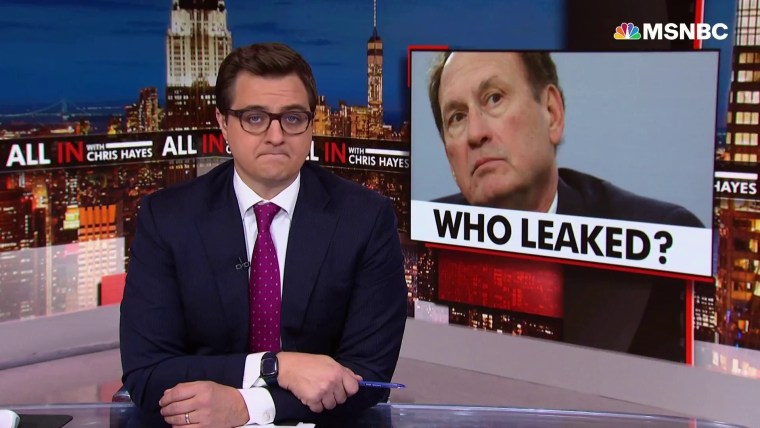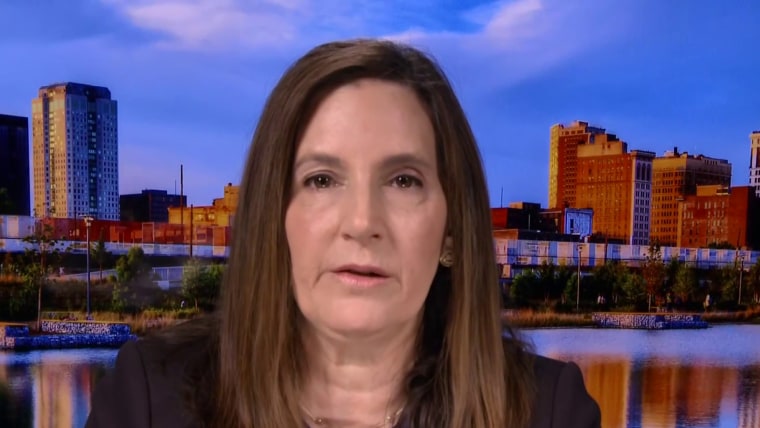Normally, attention on the Supreme Court peaks in June, when the biggest decisions of the term are generally released. But this year, despite a paucity of rulings, people are already paying close attention. Eyes are on the court long before the big decisions — which will include rulings in cases on race conscious admissions in higher education, student loan forgiveness, immigration, the First Amendment and civil rights laws, voting rights, and more.
The early scrutiny is of the court’s own making — through several years of questionable, and often partisan, actions. Many decisions from the court over that time, in its cases and otherwise, strongly reinforce the idea that Americans have a responsibility to treat — and, for journalists, to cover — the Supreme Court and justices no differently and no less skeptically than we would treat any other government body.
It’s important to always remember that the Supreme Court, in actuality, is the chief justice and associate justices. Everything that the Supreme Court, as an institution, does is what they decide it should do, within congressional and constitutional limits.
The early scrutiny is of the court’s own making — through several years of questionable, and often partisan, actions.
Throughout recent years, one constant issue has been about recusal. Supreme Court justices and dozens of lower federal court judges have failed to recuse themselves from cases with financial conflicts of interest. And Justice Clarence Thomas voted in cases related to the 2020 election, including a case involving the Jan. 6 insurrection, even though his wife, Ginni Thomas, supported efforts to overturn that election. Most recently, questions were also raised — though of a less anti-democracy nature — about Chief Justice John Roberts’s wife, Jane Sullivan Roberts, and money that she has been paid as a legal recruiter for firms with cases before the court.
There has also been substantial reporting about a right-wing religious advocacy group’s efforts to infiltrate the court as recently as this past term. The most explosive allegation, from the New York Times, is that these efforts resulted in the group learning of the outcome of a key religious rights case — Burwell v. Hobby Lobby — before the decision was made public in 2014.

The Burwell decision, of course, preceded the recent years of high-profile, politicized activity from the court that began in late 2020 when Justice Amy Coney Barrett replaced Justice Ruth Bader Ginsburg. The shift was almost immediately obvious, when the court changed course in cases relating to Covid restrictions when the only real difference was who was voting in the cases.
And, then there was Dobbs v. Jackson Women’s Health Organization.
The decision overruling Roe v. Wade after nearly 50 years, the draft opinion that Politico published in May that preceded it, the leak investigation that followed, the leak investigation report that did not find a leaker and was unclear about how much the justices themselves were investigated, and the subsequent reporting from CNN that the “independent” reviewer of the leak investigation and report runs a firm that had done more than $1 million of security work for the court all meld together to present an almost impenetrable argument that treating the Supreme Court as different from any other government institution, let alone infallible, is completely unjustified.
Treat the court as it is: people with their own politics and interests doing government jobs.
Finally, and it’s a small point, but it is, for me, the perfect example of how above-it-all the Supreme Court thinks it is. The court has livestreamed audio of oral arguments since the pandemic began, and continued doing so when the justices returned to in-person arguments again in the fall of 2021. Livestreaming the court’s announcements of decisions would immediately make the justices’ opinions more accessible to all — and bring more accountability to the justices for those rulings that they are laying down for the country. Yet, unsurprisingly, the court still refuses to livestream opinion announcements.
Where does all of that leave us?
While some propose a mandatory code of conduct for Supreme Court justices, that wouldn’t be a solution — even if it were enforceable. If Congress passed such a code, Chief Justice Roberts has suggested that such enactments might be unconstitutional violations of separation of powers. In any event, Roberts says that the justices already “consult” the Code of Conduct that applies to lower court judges, as well as the federal recusal statute, so it’s not quite clear that those are really solutions at all.

No, the answer needs to be bigger in scale, because the problem is bigger: The Supreme Court, as an institution, thinks it is different. It presents itself as a body above it all — a neutral arbiter that should be seen and treated differently by the public than other government bodies. But as the past few years have made clear, that’s not true.
It is not an infallible institution whose decisions should be accepted without question. It is not a debating club that is just trying its best to figure out what the law is. And, most importantly, it is not a body that should be placed beyond public scrutiny.
The justices are ordinary people, running an imperfect governmental body, with an assigned role in our democracy. Treating them as such — and not something more — is essential to maintaining our democracy.
The justices and court officials should be transparent about their actions whenever possible. Reporters should cover them like any other part of government — skeptically and with a focus on what’s happening in the background and the reasons for decisions, not just by providing information about the words that the justices hand down to establish the national legal rules on any number of issues. Finally, and in part through increased transparency and more aggressive reporting, the public should be able to understand what’s happening at the court without having to dedicate their lives to figuring out obscure and often unwritten rules. (Yes, shadow docket, I’m looking at you.)
And while, for example, asking for a principled Supreme Court that respects its past decisions is a laudable ideal, there’s no reason to believe that this court will do so any time in the near future. There’s also little reason to believe that President Biden will take an aggressive posture in addressing the court — as much as some might argue he should. And, given the views of congressional Republicans, holding out hope for this Congress to act (even if they could do so in an enforceable way) is folly.
What can, and must, happen now to protect our democracy and our rights — not to mention protecting the court from itself — is to treat the court as it is: people with their own politics and interests doing government jobs.
They’re important jobs, and nine of them have lifetime tenure with a specific role to play in our democracy, but everyone working at the Supreme Court — from the tireless staff to the one-year clerks often recently out of law school to the justices themselves — are people working for us.
We — and they — need to act like it.
